Along Greenland’s dramatic coastline, small villages exist in landscapes dominated by cathedral-sized icebergs that drift south from Arctic glaciers, creating ever-changing neighborhoods where frozen mountains become temporary neighbors. These communities have adapted to life among ice formations so massive that they create their weather patterns and navigation challenges while providing fresh water sources and natural harbors used by traditional hunting cultures for millennia.
The residents of these settlements witness daily spectacles of ice calving, berg rotation, and glacial movement that few humans ever experience, creating communities where natural forces dwarf human presence yet somehow make survival possible. Here is a list of 16 Greenland villages where residents share their landscapes with some of Earth’s most impressive natural ice formations.
Ilulissat

The world’s most famous iceberg town sits beside Disko Bay, where the UNESCO World Heritage Ilulissat Icefjord produces bergs so large they can be seen from space as they drift into Baffin Bay. The village’s 4,500 residents live with constant ice noise—cracking, groaning, and thunderous calving sounds that echo across the settlement at all hours, creating a natural soundtrack that visitors find alarming, but locals consider normal background noise.
Massive icebergs regularly ground in the shallow bay, creating temporary islands that can persist for years, sometimes growing into landmarks that locals use for navigation and reference points. The town’s economy depends heavily on iceberg tourism, with local guides who can predict ice movement patterns and safely navigate boats through berg-filled waters that would terrify most mariners.
Uummannaq
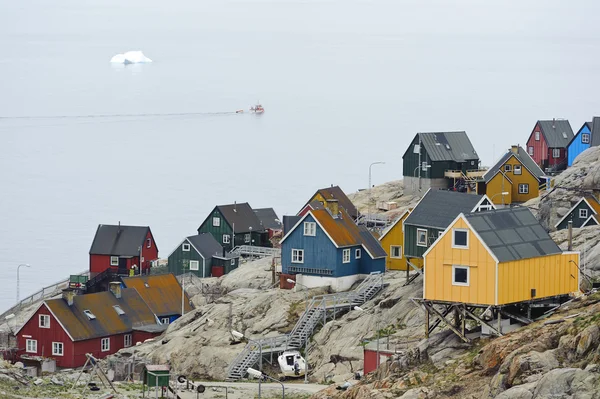
Perched on a small island surrounded by towering icebergs and dominated by a heart-shaped mountain, Uummannaq represents one of Greenland’s most photographed settlements, where massive ice formations create constantly changing backdrops for daily life. The town’s 1,300 residents often wake to find new icebergs have drifted into the harbor overnight, sometimes blocking traditional boat routes and requiring alternative navigation strategies.
Local hunters use grounded icebergs as temporary hunting platforms, accessing seal populations that gather around the ice formations while avoiding the dangers of unstable ice edges. The village’s unique microclimate, influenced by surrounding ice masses, creates temperature variations that can differ significantly from nearby settlements, making weather prediction a highly localized skill.
Like Travel Pug’s content? Follow us on MSN.
Tasiilaq

Located on Greenland’s remote east coast, Tasiilaq sits amid some of the planet’s most dramatic iceberg scenery, where massive bergs from multiple glaciers converge in the Angmagssalik Fjord system. The village’s 2,000 residents navigate daily life around ice formations that can tower 300 feet above the water surface, representing only one-tenth of their total mass hidden beneath the waves.
Local Inuit culture has developed sophisticated knowledge about iceberg behavior, with traditional terms for different types of ice formations, movement patterns, and stability indicators that prove essential for safe travel and hunting. The community’s isolation means residents must be self-sufficient for months at a time, using iceberg ice for freshwater while avoiding bergs that may contain dangerous trapped air or unstable formations.
Qaanaaq

The world’s northernmost permanently inhabited settlement, Qaanaaq, exists in landscapes where multi-year sea ice meets freshwater icebergs, creating complex ice environments that require specialized knowledge for safe navigation. The town’s 650 residents belong to the Polar Inuit culture, maintaining traditional hunting practices that utilize both sea ice and iceberg formations as platforms for accessing Arctic wildlife.
Local hunters can distinguish between different types of ice by sound, appearance, and behavior, skills that prove essential when traveling through areas where icebergs and sea ice interact in unpredictable ways. The village’s extreme northern location means icebergs here often contain ice that formed thousands of years ago, creating opportunities for scientific research that attracts international attention to this remote community.
Kulusuk
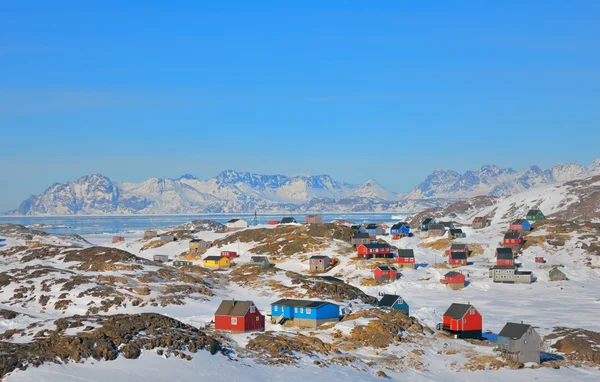
This east-coast village serves as a gateway to one of Greenland’s most spectacular iceberg regions, where massive formations from the Sermilik Fjord create natural harbors and barriers that shape local travel patterns. The settlement’s 250 residents have adapted traditional kayaking techniques for navigating between icebergs, using skills passed down through generations of hunters who learned to read ice movement and water currents.
Local artists incorporate iceberg imagery into traditional crafts, creating sculptures and paintings that capture the constantly changing ice formations that dominate their landscape. The village’s airport allows visitors to witness iceberg calving events, where chunks of ice the size of buildings break away from glacier fronts with sounds like cannon fire.
Like Travel Pug’s content? Follow us on MSN.
Upernavik
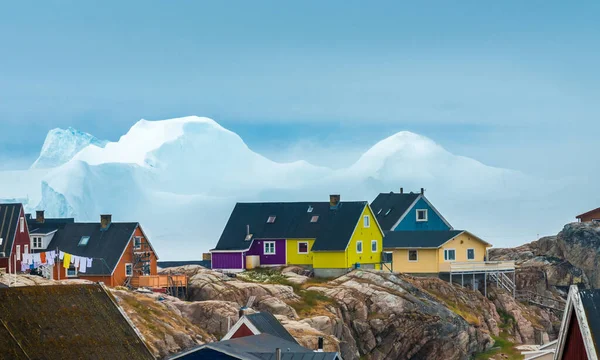
One of Greenland’s northernmost towns, Upernavik sits surrounded by the Upernavik Icefjord system, where multiple glaciers contribute bergs that create maze-like waterways requiring expert local knowledge to navigate safely. The town’s 1,100 residents have developed boat designs specifically adapted for iceberg-filled waters, with reinforced hulls and specialized equipment for handling ice encounters that would damage conventional vessels.
Local children learn to read ice conditions from an early age, developing skills that allow them to distinguish between stable and dangerous ice formations through visual cues invisible to outsiders. The community’s fishing industry operates around iceberg schedules, with traditional knowledge about how ice movements affect fish behavior and feeding patterns.
Ammassalik Island Villages
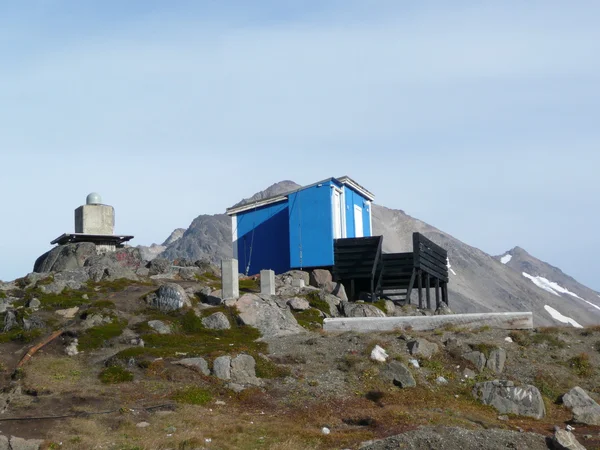
The scattered settlements around Ammassalik Island exist in one of Greenland’s most iceberg-dense regions, where residents must adapt daily routines to accommodate ice formations that can block harbors and alter transportation routes unpredictably. Traditional Inuit communities here maintain cultural practices that treat icebergs as temporary neighbors, with stories and legends that personify ice formations and explain their movements through supernatural agencies.
Local hunters use icebergs as storage platforms for equipment and meat, taking advantage of natural refrigeration while avoiding ice formations that show signs of instability or rotation. The communities’ isolation during winter months creates self-reliance requirements that include harvesting iceberg ice for freshwater while maintaining traditional knowledge about ice safety and selection.
Kangerlussuaq
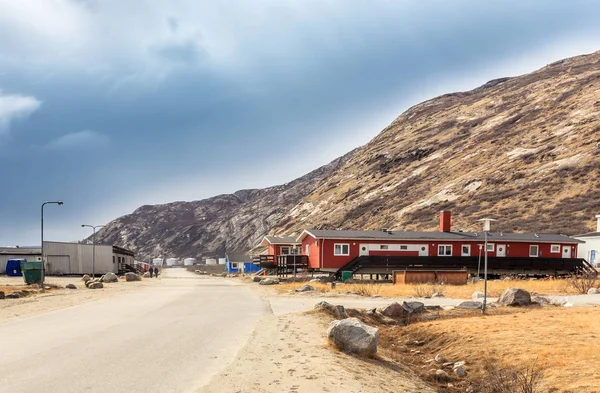
Though located inland from the coast, Kangerlussuaq sits at the head of a fjord system where glacial ice and icebergs create spectacular landscapes visible from the international airport that serves as Greenland’s main transportation hub. The settlement’s unique position allows residents to witness the entire lifecycle of iceberg formation, from glacial calving events to the slow journey of ice formations toward the open ocean.
Local tour operators specialize in iceberg excursions that combine scientific education with cultural interpretation, teaching visitors how Inuit traditions have adapted to life among massive ice formations. The town’s research facilities monitor iceberg production and movement, contributing to global climate research while providing local employment in scientific support roles.
Like Travel Pug’s content? Follow us on MSN.
Sisimiut
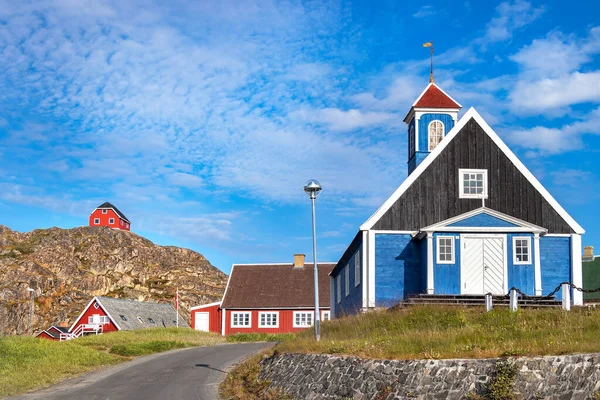
Greenland’s second-largest town sits north of the Arctic Circle, where residents experience iceberg seasons that dramatically alter the character of local landscapes and economic activities. The town’s 5,500 residents have developed winter festivals that celebrate iceberg formations, with traditional competitions that test skills in ice navigation, ice sculpture, and ice-related survival techniques.
Local fishing fleets adapt their operations to iceberg presence, using traditional knowledge about how ice formations affect fish behavior and ocean currents. The community’s modern amenities coexist with traditional practices, creating unique situations where residents use GPS navigation while also relying on traditional ice-reading skills passed down through generations.
Ittoqqortoormiit

One of the world’s most isolated settlements, Ittoqqortoormiit, sits amid the massive icebergs of Scoresby Sound, the world’s largest fjord system, where ice formations can persist for years in the protected waters. The village’s 350 residents maintain traditional Inuit hunting practices that utilize icebergs as hunting platforms and navigation landmarks in a region where conventional GPS systems can be unreliable.
Local hunters can identify individual icebergs by their unique characteristics, creating mental maps of ice formations that help with navigation in areas where traditional landmarks may be obscured by weather or ice movement. The community’s extreme isolation means residents must be completely self-sufficient during winter months, harvesting iceberg ice for water while maintaining traditional knowledge about ice safety and survival.
Narsaq
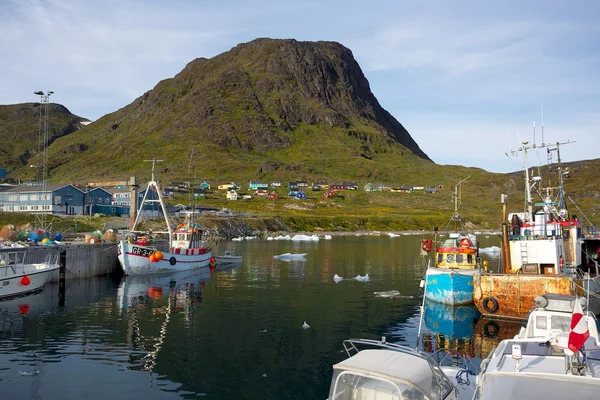
Located in South Greenland’s relatively mild climate, Narsaq experiences iceberg seasons when bergs from northern glaciers drift into local waters, creating temporary ice neighborhoods that transform the character of this agricultural community. The town’s 1,500 residents have adapted farming practices to account for iceberg influences on local weather patterns, with traditional knowledge about how ice formations affect temperature and precipitation.
Local boat operators specialize in iceberg tours for tourists, combining traditional navigation skills with modern safety equipment to provide safe access to ice formations. The community’s sheep farming operations sometimes benefit from iceberg-influenced microclimates that create favorable growing conditions for hardy Arctic crops.
Like Travel Pug’s content? Follow us on MSN.
Qasigiannguit

This Disko Bay community exists in the heart of Greenland’s most active iceberg region, where residents witness daily calving events and ice movements that create constantly changing seascapes. The town’s 1,200 residents have developed traditional festivals that celebrate iceberg formation, with cultural events timed to coincide with peak calving seasons when ice activity reaches spectacular levels.
Local hunters maintain traditional knowledge about iceberg stability and safety, skills that prove essential for accessing hunting grounds that unstable ice formations may surround. The community’s fishing industry adapts to iceberg presence with traditional techniques for using ice formations as fish aggregation devices while avoiding dangerous ice encounters.
Nanortalik

South Greenland’s southernmost town sits where North Atlantic currents bring icebergs from distant glaciers, creating encounters between temperate marine life and Arctic ice formations that support unique ecological relationships. The town’s 1,300 residents have adapted traditional fishing techniques to take advantage of iceberg-influenced water conditions that concentrate fish populations around ice formations.
Local culture incorporates iceberg imagery into traditional arts and crafts, with distinctive carving styles that reflect the community’s relationship with ice formations. The settlement’s relatively mild climate creates conditions where icebergs melt rapidly, providing opportunities to observe ice decay processes that happen more slowly in colder regions.
Maniitsoq
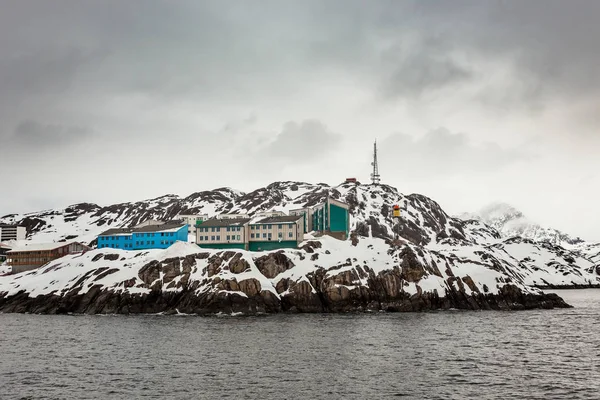
Located where the Greenland ice sheet approaches the coast, Maniitsoq residents experience direct iceberg production from nearby glaciers, witnessing the birth of ice formations that will eventually travel thousands of miles through Arctic waters. The town’s 2,500 residents have developed cultural traditions that mark seasonal iceberg cycles, with traditional ceremonies that acknowledge the spiritual significance of ice formation and movement.
Local guides specialize in glacier and iceberg tours that combine traditional knowledge with modern safety practices, providing visitors with authentic experiences while maintaining respect for dangerous ice conditions. The community’s modern infrastructure coexists with traditional practices, creating unique situations where residents use snowmobiles and modern equipment while maintaining traditional ice-safety knowledge.
Like Travel Pug’s content? Follow us on MSN.
Paamiut

This southwest coast settlement experiences seasonal iceberg visits when ocean currents carry ice formations from northern regions, creating temporary ice events that transform the character of local waters. The town’s 1,600 residents maintain traditional knowledge about iceberg behavior and safety, skills that prove essential during years when ice presence increases dramatically due to changing ocean conditions.
Local fishing operations adapt to iceberg presence, with traditional techniques for using ice formations as fish concentration areas while avoiding dangerous ice encounters. The community’s cultural traditions include stories and legends about icebergs, maintaining oral histories that explain ice movements through traditional environmental knowledge.
Nuuk
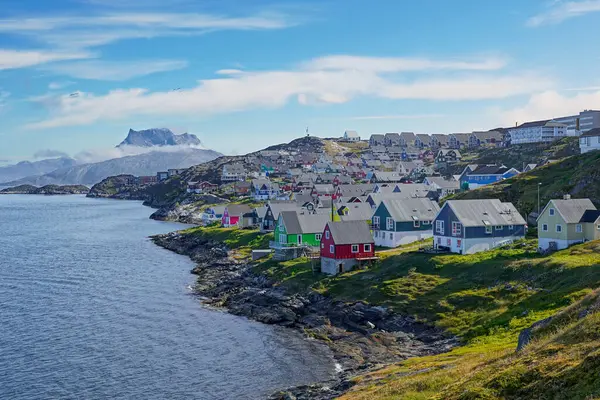
Greenland’s capital and largest city, Nuuk, combines modern urban amenities with traditional iceberg relationships, as residents of this 18,000-person city experience seasonal ice events that connect them with traditional Arctic cultures. The city’s location in a protected fjord system means iceberg encounters are less frequent but more dramatic when they occur, creating community events when large ice formations drift into local waters.
Urban residents maintain traditional knowledge about ice safety and behavior, skills that prove essential during recreational activities, and traditional hunting practices that continue despite modern urban lifestyles. The capital’s museums and cultural centers preserve traditional iceberg knowledge while documenting how urban communities adapt to changing ice conditions caused by climate change.
Living with Frozen Giants

These Greenland villages represent more than Arctic settlements—they embody communities that have learned to thrive alongside some of nature’s most imposing and unpredictable formations. The residents of these ice-surrounded settlements have developed cultural practices and practical knowledge that recognize icebergs as temporary neighbors whose presence shapes everything from daily transportation to seasonal celebrations.
Their continued existence proves that human communities can adapt to even the most dramatic environmental conditions when traditional knowledge meets respect for natural forces that dwarf human scale yet somehow make survival possible in the planet’s most challenging landscapes.
More from Travel Pug

- 20 Best Beach Towns in the Carolinas
- 13 Destinations Where Tourists Regularly Regret Their Trip
- 20 Destinations That Are More Magical Without an Itinerary
- 20 Underrated Adventures That Belong on Your Travel List
- 20 Cities Where You Should Just Wing It, No Planning Required
Like Travel Pug’s content? Follow us on MSN.
